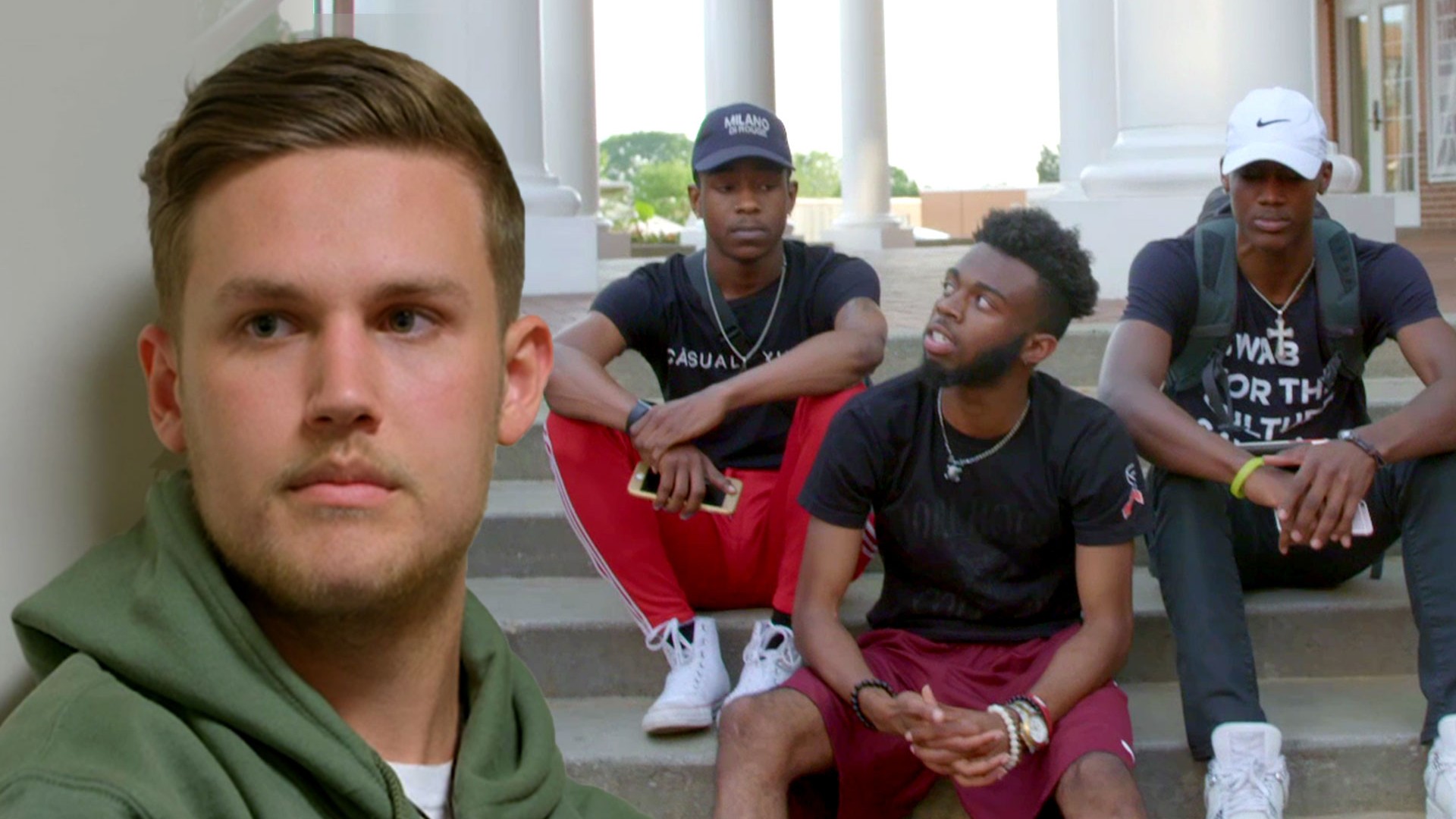Damon Davis and Katherine Simóne Reynolds, photographed by Shabez Jamal
L: Katherine Simóne Reynolds. R: The author, James McAnally. Photographed at The Luminary by Shabez Jamal

Reynolds uses her body to explore notions of Black beauty and love in striking dance, video, and performance art. She’s collaborated with big name friends—she was the face of Martine Syms’s major commission at MoMA last summer—and is becoming a regular at art fairs and exhibitions around the nation.Fittingly, my early summer chat with Reynolds and Davis fell between the artists’ twinned exhibitions at The Luminary—Mane ‘n Tail and Darker Gods in the Garden of the Low-Hanging Heavens. We’ve worked with the pair in almost every permutation, hosting Davis’s music label parties and Reynolds’s Citizen Book Club, and showing their work in group exhibitions alongside acclaimed artists like Hannah Black and Dread Scott. When Brea and I heard about their new projects, we revised our schedule to make way for two of the most important voices in our community. In a city fissured with inferiority, their work engages the histories of this place and proposes a brighter future.
Damon Davis, photographed by Shabez Jamal
'Darker Gods' installation view. Photo by Brea McAnally
'Darker Gods' installation view. Photo by Brea McAnally
Damon Davis at the opening reception for 'Darker Gods.' Photo by Brea McAnally
For the ones we lost and we’ll never get back
Katherine Simóne Reynolds, photographed by Shabez Jamal
'Mane 'n Tail' installation view. Photo by Brea McAnally
L: Katherine Simóne Reynolds, photographed by Shabez Jamal. R: 'Mane 'n Tail' installation view, photographed by Brea McAnally
'Mane 'n Tail' installation view. Photo by Brea McAnally
Video still from 'You’re the Only Reason I’m Staying Here,' courtesy the artist
Damon Davis in his studio, photographed by Shabez Jamal